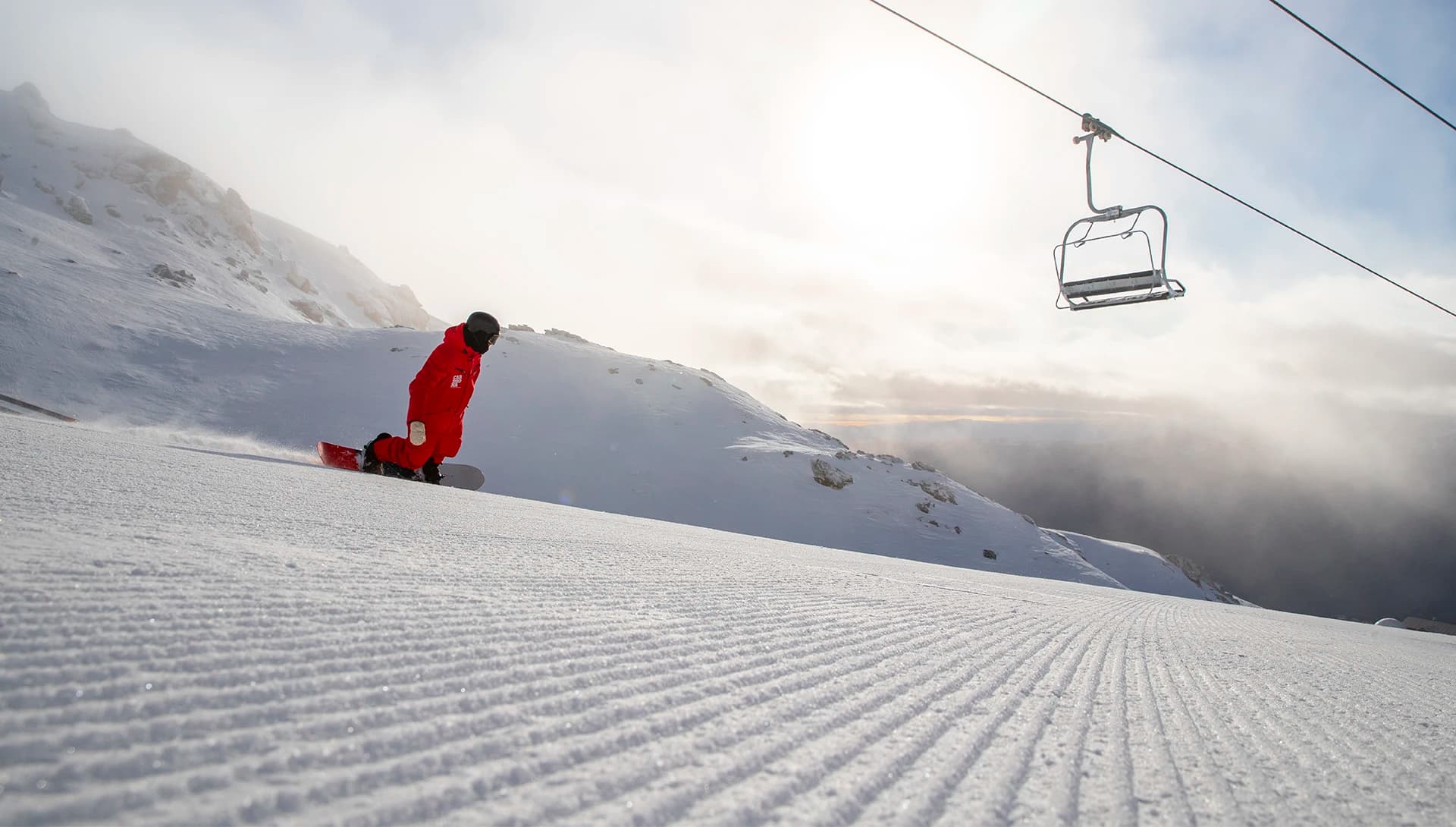
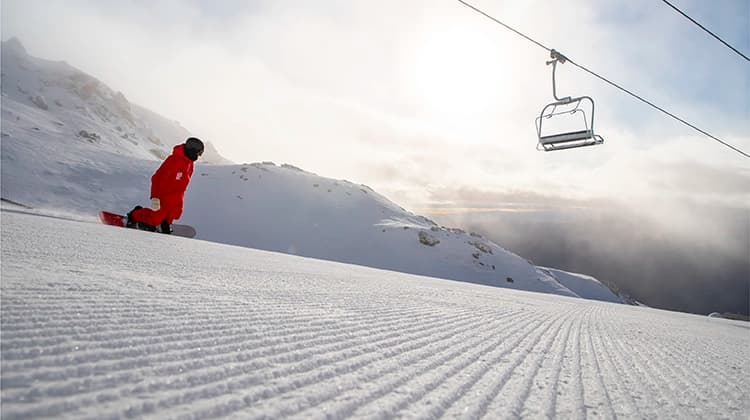
Here to keep you Real Safe
Safety At Cardrona & Treble Cone
Cardrona and Treble Cone have you covered! We've got on-site medical facilities, and a patrol team to keep you safe on the mountain. Our Ski Patrol and Slope Safety crew are always around to answer safety questions. Remember, safety’s a team effort – follow the Snow Safety Code and look out for each other! And hey, helmets are a great idea, especially in the terrain parks.
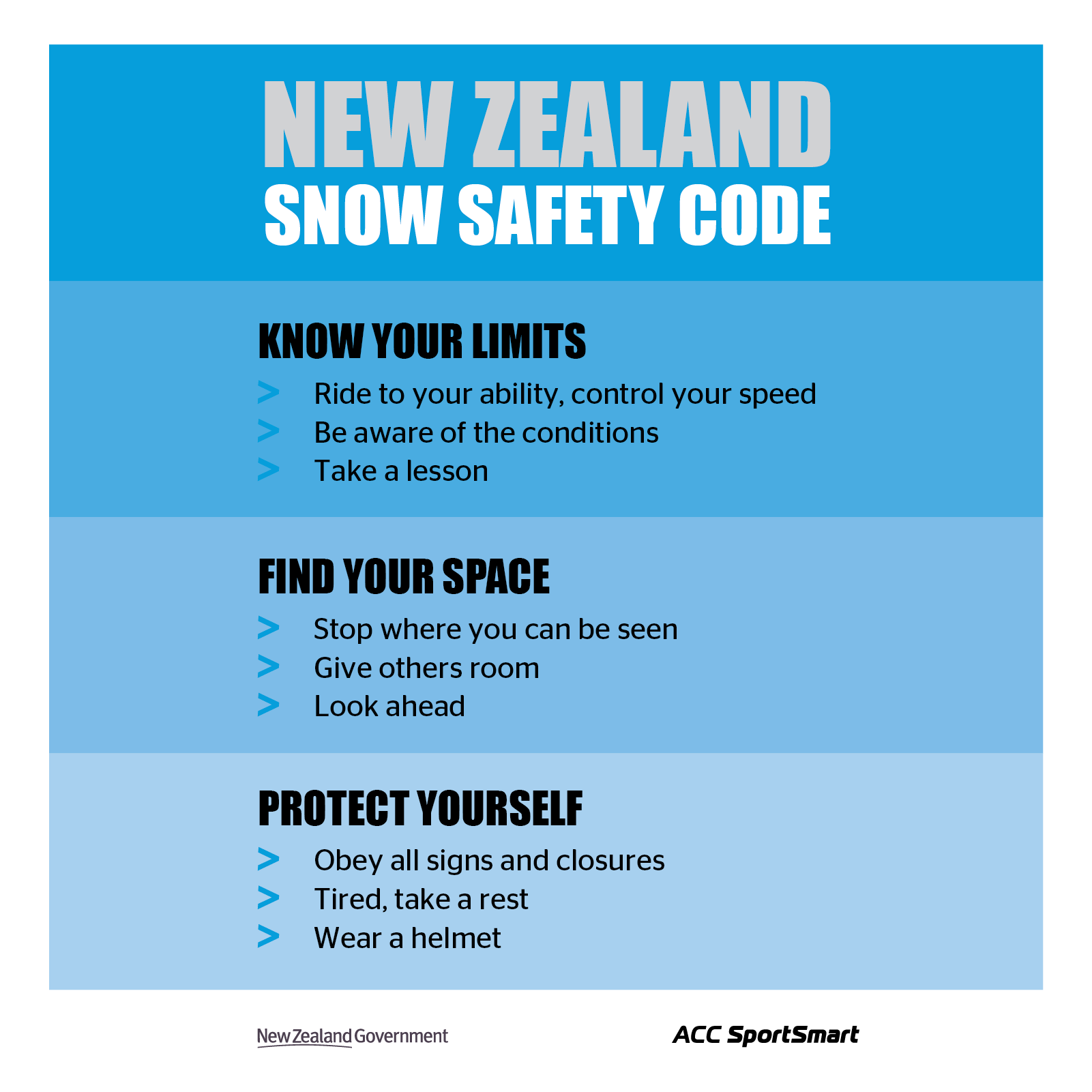
On-Mountain Safety
Have a Hmm Hints - On the slopes - Skiing
Check out ACC New Zealand's Have a Hmm videos for more tips on staying safe on the mountain, straight from the pros.
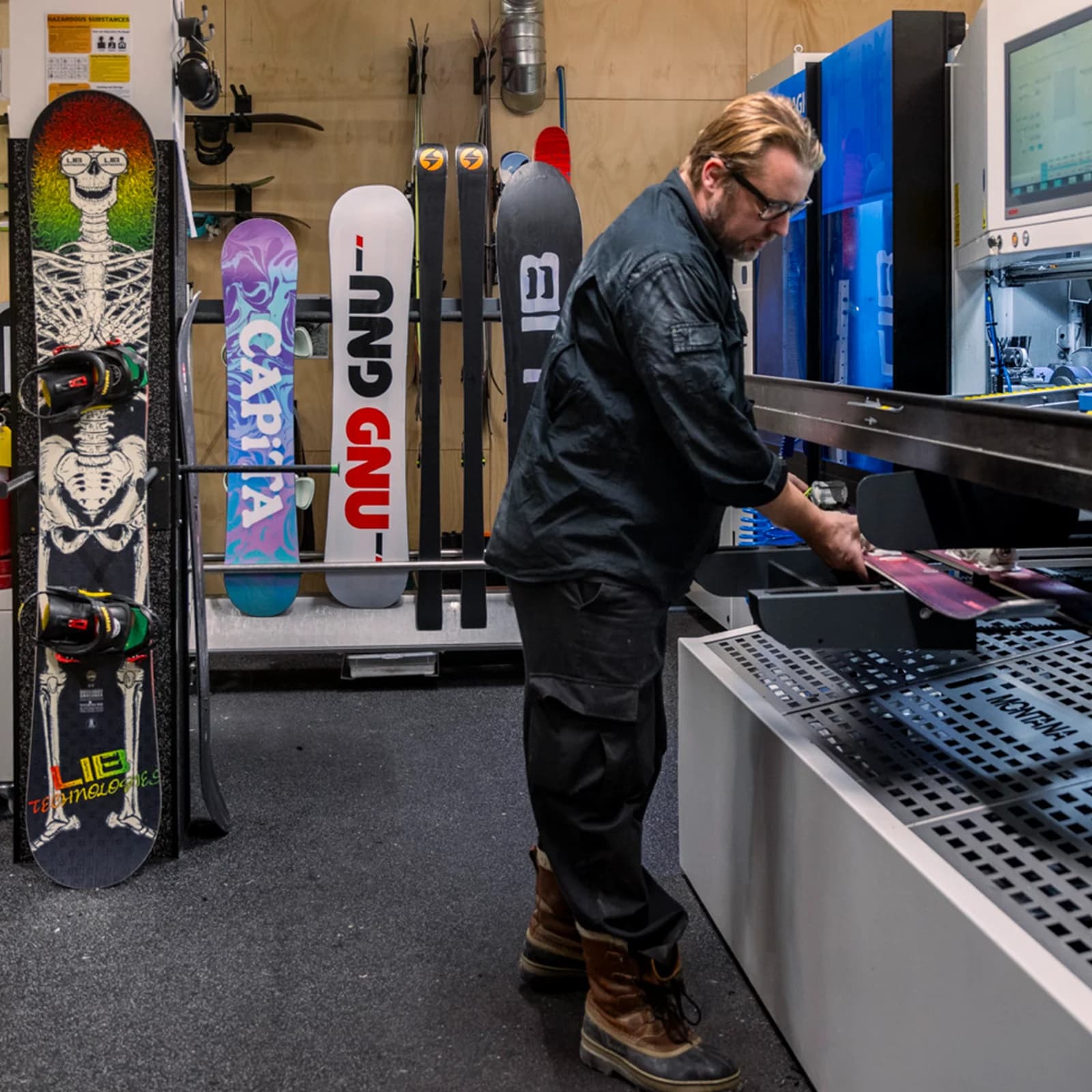
Safety Equipment
Ski & snowboard safety equipment
We strongly recommend wearing a helmet when participating in snowsport activities. Not only will it protect your head, but it will keep it warm, too. Come and check out the on-mountain retail stores for a wide selection of helmets and other items. Take a moment to check that your skis or snowboard are in tip top condition. Come and say hi to our ski and snowboard workshop techs who can check out your equipment and make sure it’s good to go.
Dress for the alpine environment
Weather conditions on our mountains can vary and change quickly – one minute the sun is shining, the next minute it’s a blizzard. Come prepared with warm and waterproof layers, good footwear, beanie, sunglasses/goggles, and sunscreen (yes, you can get sunburnt in winter!)
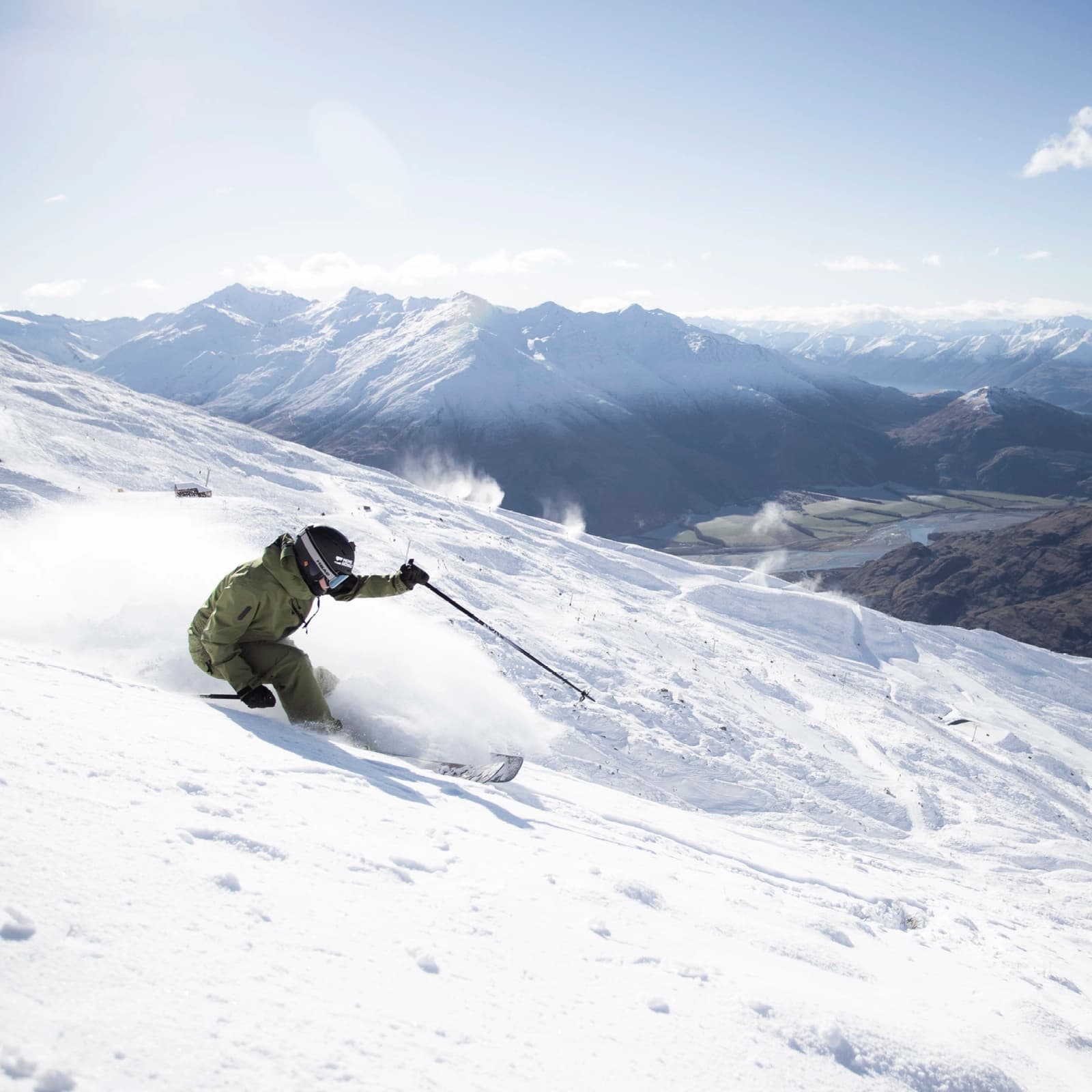
Hazards
Natural Hazards
Natural hazards are key considerations for outdoor adventures in New Zealand. Natural hazards that you could encounter on our mountains include Earthquakes, Snow / Ice, Avalanche, Rockfall, and Severe Weather. We take all reasonable and practicable steps to mitigate the likelihood and impact of such hazards arising; however, some hazards such as earthquakes and rockfall are largely unpredictable.
Artificial Hazards
Artificial hazards, such as snow making and lift infrastructure, reservoirs, posts, fencing, plant and machinery do exist on and off the trails. Hazards are risk assessed, and management tools are implemented to protect people from encountering these hazards. Residual risk does exist, and skiers and snowboarders should be mindful of these hazards as they move around the mountains. Please obey all signage and closures.
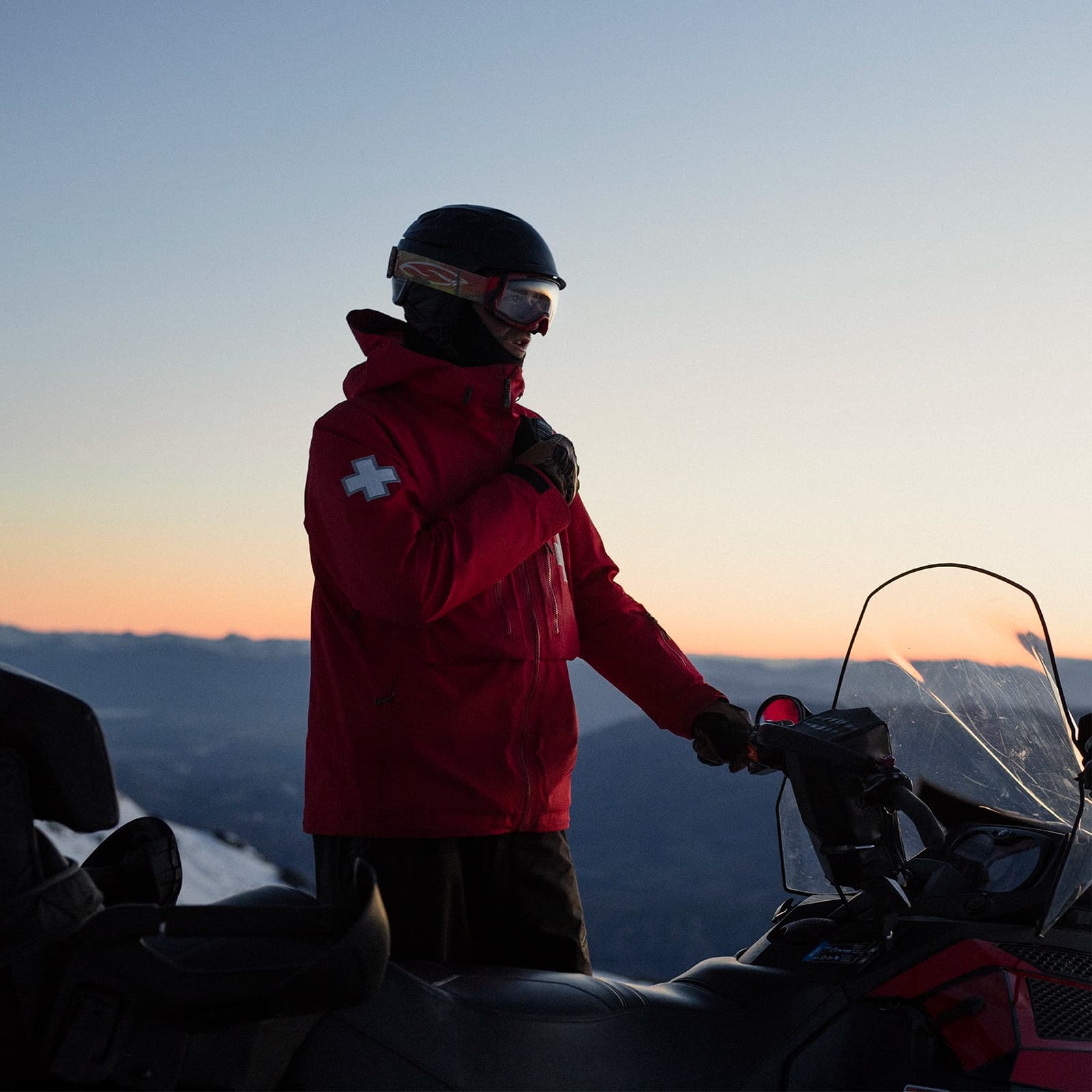
Emergencies
If you are involved in or encounter an on-mountain emergency, please contact ski patrol in the first instance:
Cardrona: +64 3 443 1576
Treble Cone: +64 3 443 7443
During an emergency, please follow instructions from staff. If asked to evacuate a building, leave your belongings and head to the nearest assembly point.

Safety Tips
Plan ahead: Check our Weather Forecast before you go, and the Snow Report from 6.30am each day for updates on road conditions and weather.
Be prepared: Alpine weather can change fast—pack chains, layers, waterproof gear, and sunscreen. Stay warm by stretching before you hit the slopes.
Gear up: Helmets, body armour, and eye protection are key, especially in the terrain parks. Goggles or sunglasses are a must!
Safety for kids: Pop your phone number in your kid’s pocket just in case. Read up on lift safety and take advantage of our new safety guards.
Stay together: Ski or ride with a buddy, and set a meeting point if you get separated.
Know your limits: If a run’s too hard, side-step down carefully or call for help.
Follow the signs: Always obey posted signs and safety warnings around the mountain.
Watch the weather: Poor visibility? Slow down or stop when clouds roll in or snow falls.
Stay warm and hydrated: Dress for the cold and drink plenty of water - altitude and wind can take it out of you!
Ski boot safety: Take care walking in ski boots, especially on icy or slippery surfaces around the base area.
Frequently Asked Questions
Still need some help? Get in touch using our
Still need some help? Get in touch using our
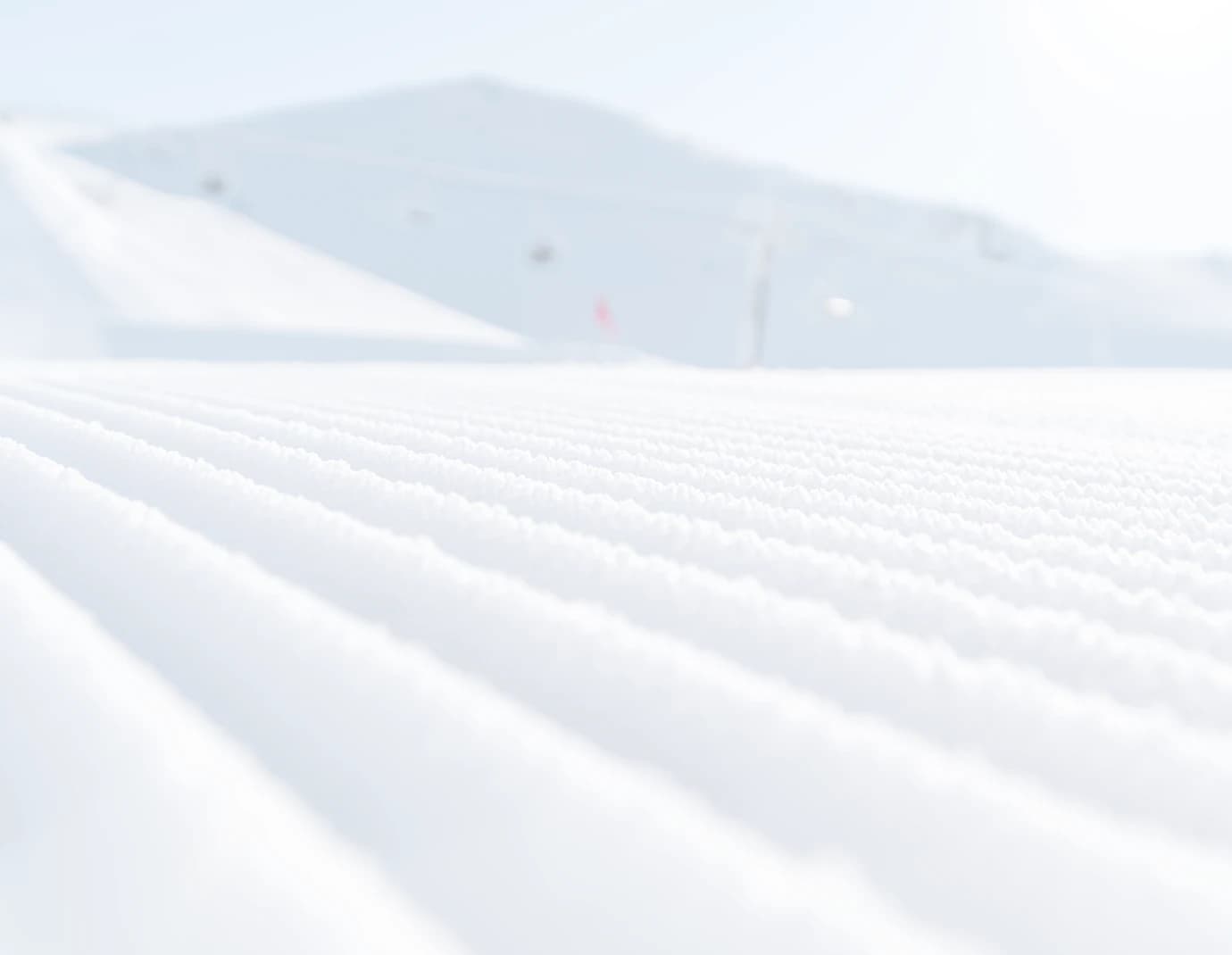
Get help from on-mountain doctors.
Medical Facilities
Cardrona and Treble Cone can look after you.
Learn More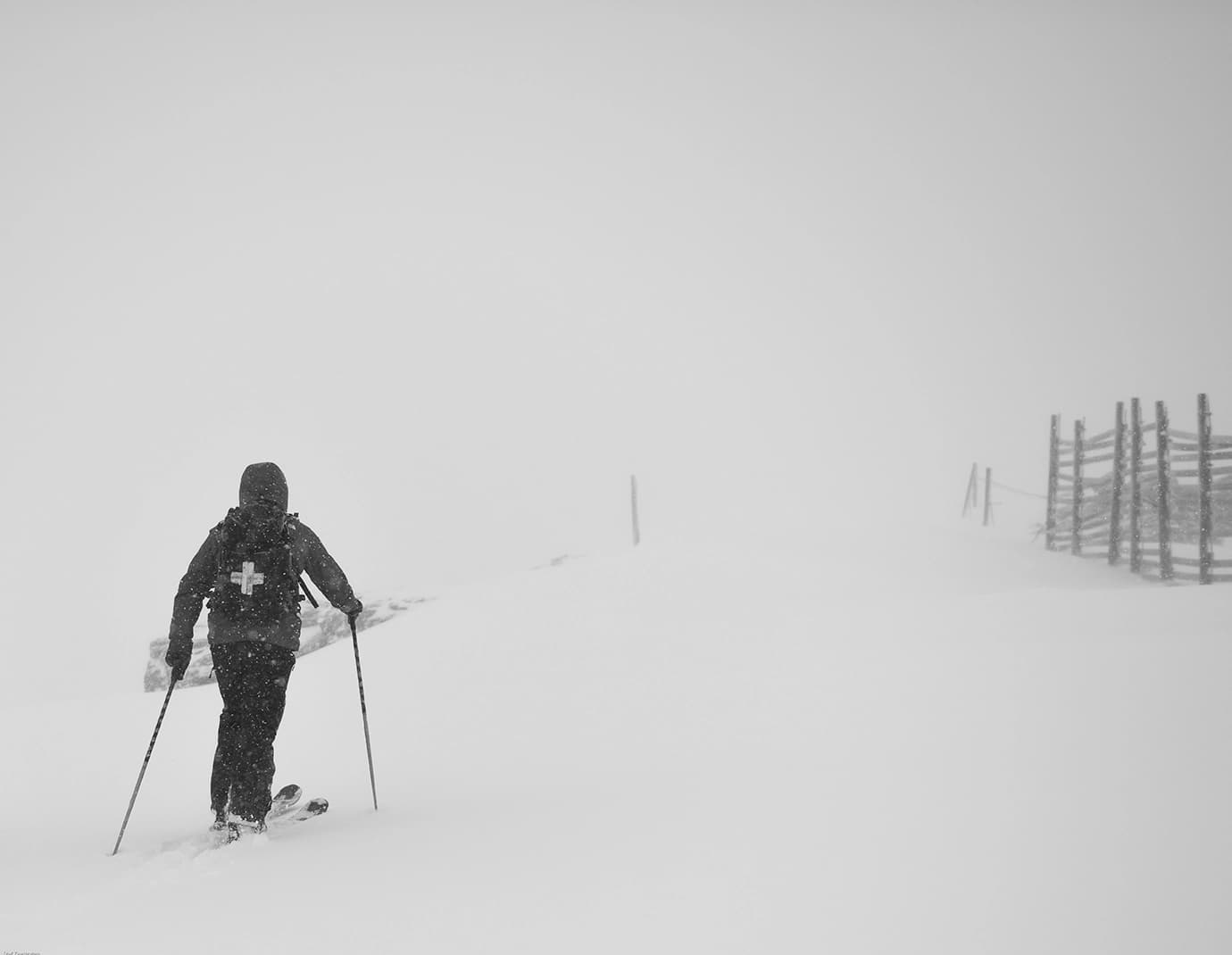
Head off-piste for an adventure!
Backcountry
Cardrona and Treble Cone are gateways to epic and beautiful backcountry skiing and riding.
Learn More